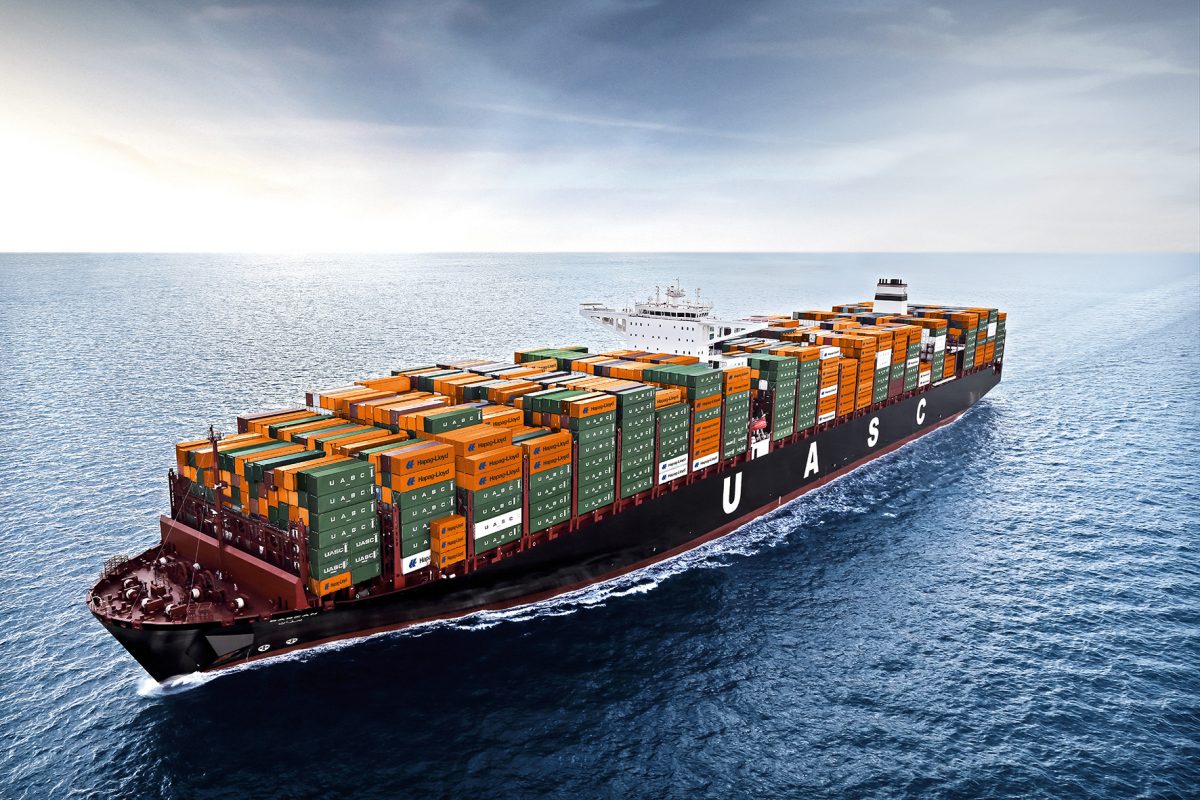In the world of frozen food, the primary packaging—such as bags, boxes, or containers—often takes center stage. However, the significance of secondary packaging should not be underestimated. This article delves into the intricacies of secondary packaging for frozen food, exploring its functions, materials, and impact on the supply chain, consumer experience, and sustainability.
What is Secondary Packaging?
Secondary packaging refers to the outer layer of packaging that groups primary packages together for distribution, storage, and sale. In the context of frozen food, secondary packaging serves multiple purposes, including protection, branding, and logistical efficiency. It encompasses cartons, shrink wraps, and pallets that hold multiple units of primary packaged products.
Functions of Secondary Packaging in Frozen Food
- Protection and Preservation: One of the primary roles of secondary packaging is to protect the integrity of the frozen food products. It shields the primary packaging from physical damage during transportation and handling. Additionally, it helps maintain the cold chain, minimizing temperature fluctuations that could compromise food safety and quality.
- Branding and Marketing: Secondary packaging offers an additional canvas for branding. Companies can leverage this space to communicate their brand identity, nutritional information, and cooking instructions. Eye-catching designs and informative labels can influence consumer purchasing decisions, making secondary packaging a vital marketing tool.
- Logistical Efficiency: In the frozen food industry, efficient logistics are crucial. Secondary packaging facilitates easier handling, stacking, and storage. It allows for optimized use of space in warehouses and transportation vehicles, reducing costs and improving supply chain efficiency.
- Consumer Convenience: Secondary packaging often enhances consumer convenience. For instance, it may include features like easy-open tabs or resealable options, making it easier for consumers to access and store their frozen food products. This convenience can lead to increased customer satisfaction and repeat purchases.
Materials Used in Secondary Packaging
The choice of materials for secondary packaging in frozen food is critical, as they must withstand low temperatures and potential moisture exposure. Common materials include:
- Cardboard and Paperboard: These materials are widely used for cartons and boxes. They are lightweight, recyclable, and provide adequate protection against physical damage.
- Plastic Films: Shrink wraps and stretch films are often employed to secure multiple units together. These materials are moisture-resistant and can maintain their integrity at low temperatures.
- Foam and Insulation Materials: In some cases, secondary packaging may incorporate insulation to enhance temperature control during transportation, especially for longer shipping durations.
The Impact of Secondary Packaging on Sustainability
As the global focus on sustainability intensifies, the frozen food industry is also adapting. Secondary packaging can play a pivotal role in reducing environmental impact. Companies are increasingly exploring eco-friendly materials, such as biodegradable films and recyclable cardboard. Additionally, optimizing packaging design to minimize waste and improve recyclability is becoming a priority.
Challenges and Innovations
While secondary packaging offers numerous benefits, it is not without challenges. The need for robust packaging that can withstand the rigors of transportation while being environmentally friendly is a balancing act. Innovations in materials science are paving the way for new solutions, such as plant-based plastics and advanced barrier coatings that enhance shelf life without compromising sustainability.
Conclusion
In conclusion, secondary packaging for frozen food is a multifaceted component of the supply chain that deserves recognition. It not only protects and preserves food products but also enhances branding, logistical efficiency, and consumer convenience. As the industry evolves, the focus on sustainable practices will continue to shape the future of secondary packaging. By understanding its importance, stakeholders can make informed decisions that benefit both their businesses and the environment.

